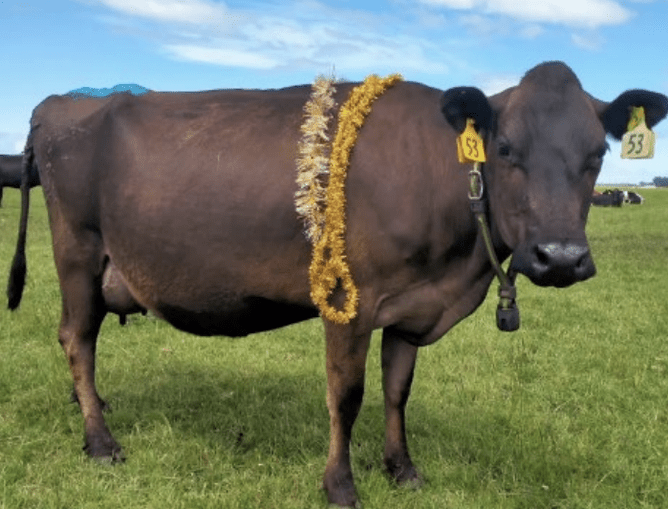The Southern Dairy Hub would like to wish everyone a Merry Christmas and a Happy New Year! While it has been another challenging year on many fronts across the region and nationally we are proud of what we have been able to achieve in 2021. We are looking forward to what 2022 brings and all the exciting things we hope to accomplish!
Key Decisions this week:
• We will start to push the round length out to 30 days as pasture cover allows
• The clover is really starting to flourish in all four farmlets so bloat oil has been going through the inline dispenser for the water troughs for the last 3 weeks.
• The Std Kale herd will be offered 3kgDM of Barley/PKE and the LI Kale herd 2kgDM Barley/PKE blend from Thursday afternoon to fill the slight deficit in these herds.
o Why: to minimise the risk of lower feeding levels impacting production whilst we wait for the moisture and N fertilizer to start working in the system.
o The Std Kale herd’s average pasture cover has dropped off significantly in the past week so the supplement will allow us to hold the rotation and give covers the chance to lift again.
• Cows in both the Std FB and LI FB herds that currently have a BCS of 3.5 will be offered 2kg of PKE through the shed to protect their BCS from dropping further.
o Why PKE and not the blend offered to the kale herds? PKE is the supplement of choice for farms without inshed feeding as it can be safely group fed in paddocks. We have just bypassed the group feeding option but do inflate the amount fed by 15% to account for the additional wastage that would occur if it was offered in paddock in trailers.
• Pdk 27 for the Std FB herd will be brought back into the rotation and pre-graze mown.
o Why: While it is above the required pre-graze target the quality is still OK and with a potential pasture shortfall a bit further down the wedge, grazing this paddock will allow the others a few more days to grow
• N fertilizer was planned to be applied to the standard farmlets over the next week, however with the current drying winds and lower soil moisture, this has been put on hold until the rain comes.
o Why: To ensure we get the best response from our $$ investment.
• Several new grass paddocks are close to their first nip off grazing. The pull test will be used to identify those that are ready for grazing and they have been included in the grazing plan for next week.
• Tail paint will be reapplied on Friday morning, as it is every week and the cow numbers recorded.
General Notes:
• With the differences in stocking rate, paddocks available and average pasture cover we are now offering different amounts of pasture across the farmlets. This results in each herd having a different pre-graze target on our 25-day rotation. Added to this is the complication of grazing some paddocks for 24 hours and others for 36 hours. To help with feeding decisions the weekly grazing plan includes the pre-graze target for each paddock for each farmlet (Table 3; Figure 3).
• Milk production continues to fluctuate around 1.6 to 1.8 MS/cow/day. With an improvement in pasture quality, we just need better growth to keep milk production on track without lots of supplementary feed
• Both the LI herds are still ahead in production season to date however the Std FB is 20 kgMS/ha less and the Std Kale has slipped a bit and are now even with last season's production.
• The remaining 12 calves were weaned from milk this week, and all weighed at the same time.
• The R2’s had the bulls taken out this week and received their next dose of selenium, copper and a B12 injection.
Research:
• The feed quality results from samples collected earlier in December are now available and there were a few differences noted between the farmlets
o Std pastures were lower in dry matter, lignin and neutral detergent fibre (NDF) indicating potentially less stem/seed head and more leaf.
o Std pastures were higher in crude protein, energy, phosphorus (P) and sulphur (S). Crude protein differences will be driven by the different N fertiliser regimes. We were not expecting differences in P & S as the maintenance fertiliser applications are calculated to achieve similar Olsen P levels across the farmlets and a special ammo blend is used for the LI farmlets in spring to balance the S applications
o The fodder beet farmlet pastures were higher in potassium (K) but lower in Ca. This may be a random result and was not linked to whether the paddocks were in the effluent area or not.
Click the link below to download our full weekly notes


